One of the varieties of low -carb dietary diet programs is a ketose diet. The task of such a diet is to achieve a state of metabolism, called ketosis, which is a metabolic process in which the key physiological process of providing the body in the body is the process of burning fats. It is initiated by the body with a deficiency of carbohydrates.
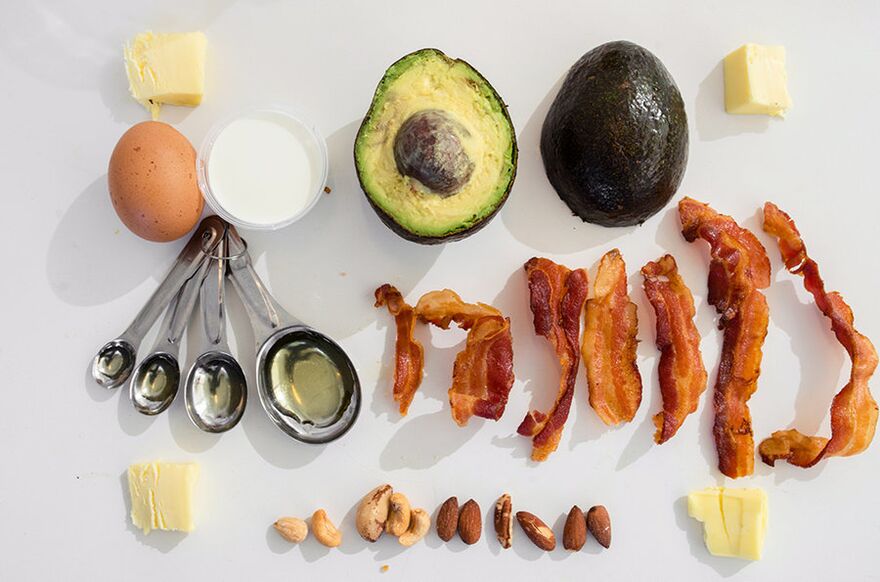
With a high daily physical exertion, the process of ketosis can begin on 2-3 days of such nutrition, with a passive lifestyle, its beginning can be delayed up to 7-9 days. The process of ketosis is multi -stage and proceeds in the liver with the formation of a number of intermediate substances. Thus, Keto Diet, in fact, pursues the goal of changing metabolism processes towards increasing ketones synthesis.
Basic principles of Keto diet
- Changing the diet in the direction of reducing the content of carbohydrates to 40-50 g per day with the physiologically normal content of proteins and fats, the ratio of which should first be 1: 1, and in the future, after passing the body through the "metabolic shift": 60-70% in the diet should be fats, 20-30% proteins and carbohydrates, almost all products that contain the carbohydrates are excluded for no more than 50 g. (Porridge, almost all fruits, vegetables, sweets, legumes, flour, alcohol).
- Changing the energy value of the diet. If the goal is set to lose weight, then the calorie content of the diet should be less than the norm for 500 kcal. If the purpose of the diet is a set of muscle mass, then the calorie content of the diet should be higher than the norm by 500 kcal. However, these indicators change significantly depending on the energy consumption of the body and the level of metabolism.
- Salt consumption is reduced.
- It increases the consumption of free fluid to 3 or more liters/day (at the rate of 40 ml per 1 kg of weight).
- The "carbohydrate load" is practiced once a week (this provides the most common version of the diet).
- The number of meals is at least 5. At the same time, the gap between them should not exceed 3-4 hours. The last meal is no later than 3 hours before bedtime.
Signs of the development of ketosis are:
- The presence of ketones in the urine, which can be checked with special test strips.
- Decrease in appetite.
- Improving energy, improving mood, a surge of strength and vigor.
- It is possible to appear from the mouth (sweat, urine) of the smell of acetone.
The correct selection of the chato diet largely determines the speed of achieving the goals.
Varieties
There are several varieties of keto-diet. When determining the desired option, one should always take into account the priority tasks for a particular case and a person (for losing weight, for increasing muscle mass, body drying), however, in practice, the choice of diet is often given chaotic. The following varieties of diet are more popular:
Classic (standard, basic) type of diet
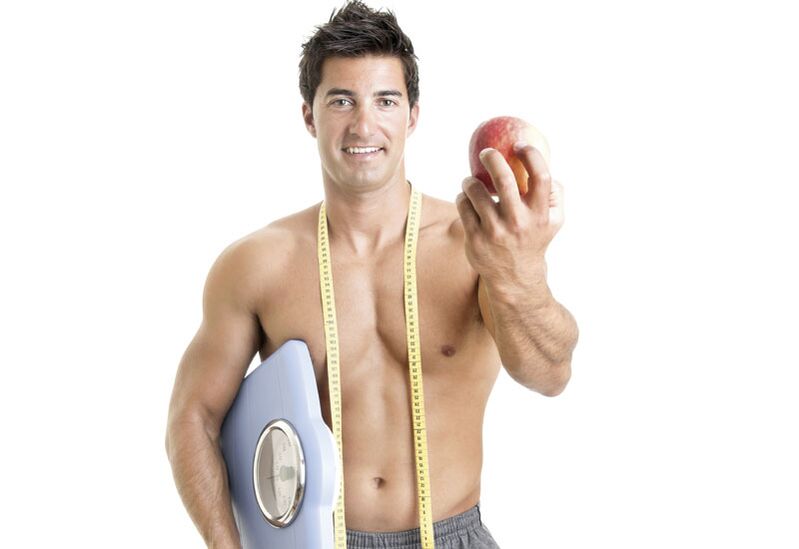
In this option, carbohydrate loading periods are not provided. In this diet, the constant level of macronutrients (a high/moderate level of protein content, a high level of fat content, and an extremely low level of carbohydrates) is supported. The standard diet version is recommended for people who lead a not too active lifestyle, and the training regime is a small intensity. A decrease in carbohydrate content in the diet for their performance will not be significantly affected.
Cyclic type of diet
The cyclic diet implies the presence of alternating low -carb periods and periods with high carbohydrates in the diet with one fasting day per week. Temporary intervals between such periods and their duration are selected individually depending on the goals and sports regime, and can also vary depending on the state of the body and overall well -being. The cyclic type of diet is shown to those who lead an intense lifestyle and practice high physical activity, and feels weak with insufficient carbohydrates in the diet. In such cases, carbohydrate periods replenish the exhausted reserves of the body, allowing you to maintain a lifestyle and intensity of training at the required level.
Targete type of keto-diet
In this option, special attention is paid to the number of carbohydrates taken before and after training. For this, for a certain period of time on the diet, it is necessary to evaluate the reaction of the body to a different number of carbohydrates taken and determine the best time for their administration. The task of this period is to determine the optimal amount of carbohydrates and the level of their content, which provides the necessary body performance. The Thargen diet provides for increased intake of carbohydrates on training days (during the training window) before and after loads. On other days, the number of carbohydrates in the diet corresponds to calculations for the standard type of diet. In this case, taking carbohydrates provides the body with energy while maintaining the state of ketosis. That is, unlike a cyclic diet, in which periods of replenishment of glycogen reserves are provided, the target diet is aimed at maintaining glycogen reserves at an optimal level. And it is also very important not to forget that in the "near -ceiling" meals, it is necessary to reduce the share of fats.
The choice of option
In order to decide what type of diet is suitable for you, in addition to the goal pursued, you should track the state of your body in the process of its observance (change in well -being, motor activity). It is initially recommended to build your diet for 1-2 weeks based on a standard diet, and then, having determined how favorable this nutrition is reflected in your life and body parameters, you can proceed to a diet for a longer period or other types of diet.
According to famous experts, the cyclic type of diet is the most optimal for the vast majority. The Targete type of diet is suitable for those who are already quite actively, for a long time and intensively train and for them a small intake of carbohydrates is more useful than their long -term restriction.
Indications
- Epilepsy in young children.
- As a diet for losing weight / set of muscle mass / Lesser of the body.
Allowed products
The diet is formed mainly due to red meat in any culinary processing, poultry meat (chicken, turkey), rabbit, fatty varieties of river and sea fish (tuna, salmon, herring), seafood, egg proteins, vegetable oils (corn, olive, sunflower). The power of the power should contain hard cheese, butter, butter, butter, butter, butter, butter, butter. Cottage cheese, sour cream and other dairy products with high fat, green vegetables, with a high content of organic fibers. It is necessary to include cauliflower, broccoli, Beijing and white cabbage, celery stalks, zucchini, cucumbers, green salad leaves, stalls, onions. The diet is walnut and other nuts, peanuts, flax seed, olives.
Fully or partially limited products
The list of Keto dodes prohibited includes sugar, pastries, cookies, waffles, frozen, sweets, chocolate, jams, jams, various dried fruits, starch, powder drinks, bran, seeds, carbonated drinks, products on sorbitis and fruit. Type of bread, crackers, carrots, potatoes, beets and other starchy vegetables, sweet dairy products, juices, melon, bananas, grapes, fruits, beer, honey, products with caffeine content.
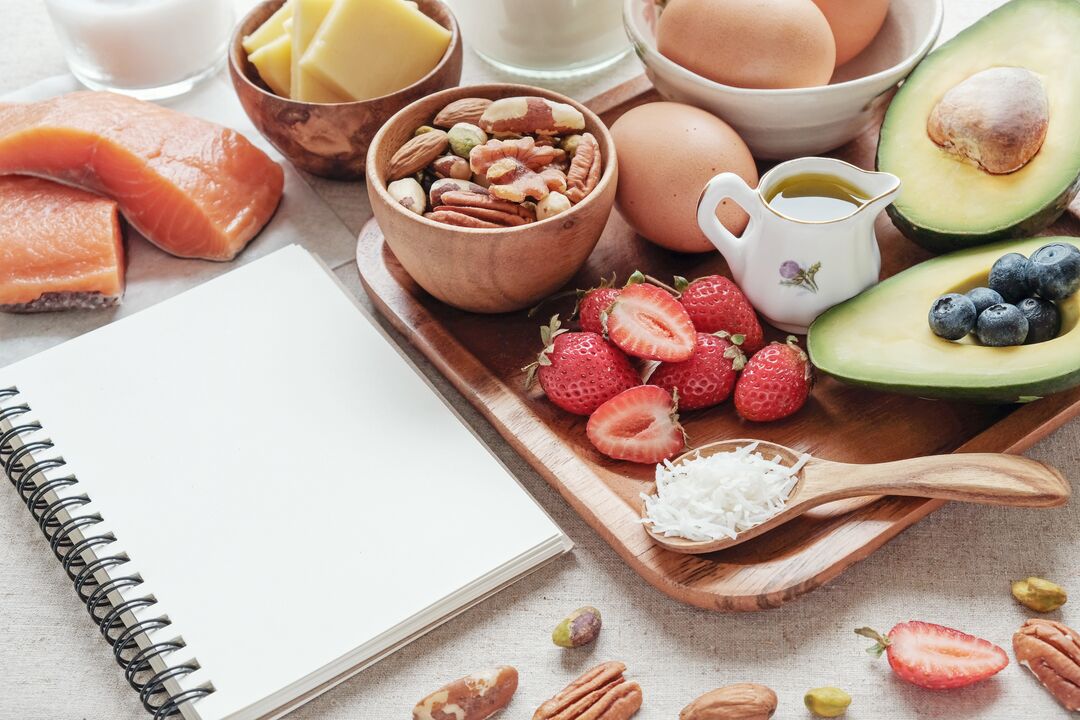
Keto-diet menu (diet)
With any type of keto-diet, it is important to be able to independently make a menu for a day/week.
The indicative algorithm of this process is given below:
- Determine your daily energy need for calories, depending on the goal - weight loss, a set of muscle mass or burning fat while maintaining weight. Take, for example, a standard type of keto-diet with a diet of 2000 kcal and a person weighing 75 kg.
- The norm of protein consumption is - 2 g of dry weight per kg of weight. That is, the content of proteins in the daily diet should be 75 * 2 = 150 g.
- A specified amount of carbohydrates 30 g/day at the rate of 0. 40 g/kg.
- We calculate the calorie content of the protein-carbohydrate component of the diet. It is known that the calorie content of one gram of proteins and carbohydrates is 4 kcal. We make a calculation (150 + 30) * 4 = 720 kcal. That is, due to these nutrients, we provide the body of 720 kcal.
- We calculate the required amount of fats in the diet: for this, we subtract 720 from the total calorie content of the diet (2000). We get - 1280 kcal. The calorie content of one gram of fat is 9 kcal. Further, the missing amount of energy is divided into 9. Thus, the daily rate of fat in the diet should be 142 g.
- Further, given the number of necessary macro nutrients and the ratio of proteins and fats, we divide into the number of meals. For example, with five one-time food for one meal, there will be 30 g of proteins, 5 g of carbohydrates each, and 28-29 g of fat. Do not forget that the protein/fat ratio is calculated for the whole day, and not in one meal.
- Select the products you need from the list of permitted and calculate the content of nutrients in 100 g of each of them (according to special tables) and make your menu for a week.
Keto diet, menu for a week (approximate option)
A ketone diet for weight loss was taken as a basis, in which 500 kcal of the full -time diet is reduced by the norm.
Monday
| Breakfast |
|
| Lunch |
|
| Dinner |
|
| Afternoon snack |
|
| Dinner |
|
| At night |
|
Tuesday
| Breakfast |
|
| Lunch |
|
| Dinner |
|
| Afternoon snack |
|
| Dinner |
|
| At night |
|
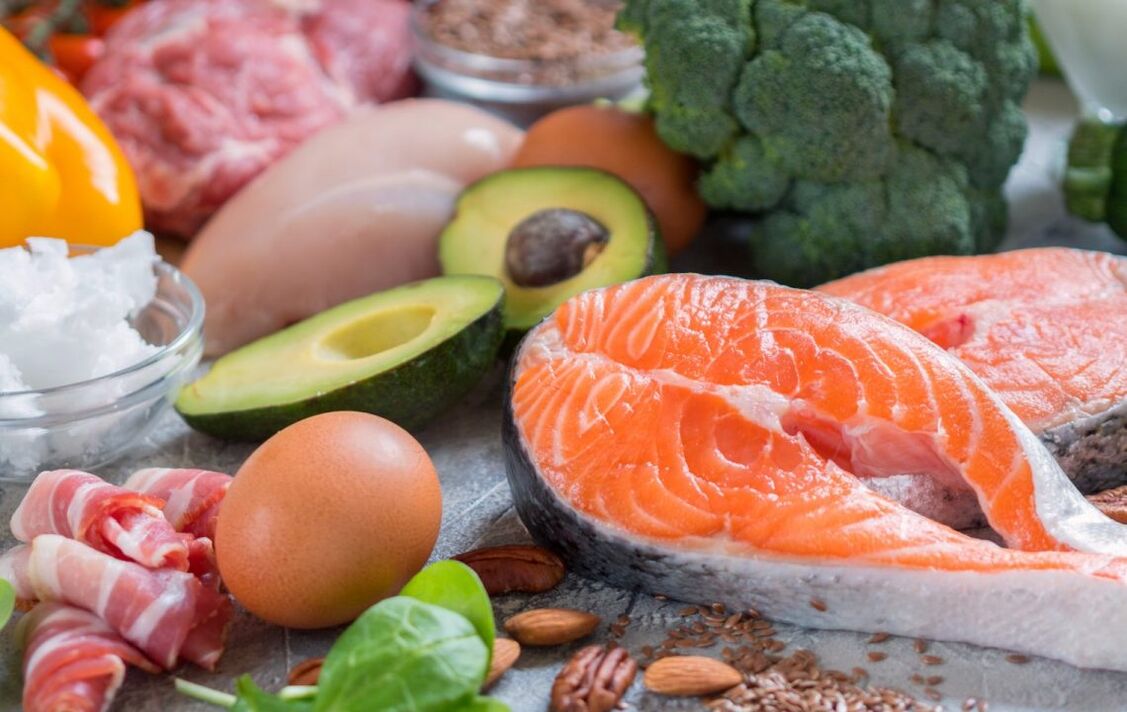
Wednesday
| Breakfast |
|
| Lunch |
|
| Dinner |
|
| Afternoon snack |
|
| Dinner |
|
| At night |
|
Thursday
| Breakfast |
|
| Lunch |
|
| Dinner |
|
| Afternoon snack |
|
| Dinner |
|
| At night |
|
Friday
| Breakfast |
|
| Lunch |
|
| Dinner |
|
| Afternoon snack |
|
| Dinner |
|
| At night |
|
Saturday
| Breakfast |
|
| Lunch |
|
| Dinner |
|
| Afternoon snack |
|
| Dinner |
|
| At night |
|
Sunday
| Breakfast |
|
| Lunch |
|
| Dinner |
|
| Afternoon snack |
|
| Dinner |
|
| At night |
|
If you calculate the menu of a ketogenic diet for drying, then for this purpose a cyclic type of diet is used, the diet of which corresponds to the above, however, on Wednesday, a 36-hour carbohydrate load is practiced. The main goal is to increase glycogen reserves in the muscles to maintain intense training. To do this, start include carbohydrates with a high glycemic index in the diet, and then go to products with a lower indicator of the glycemic index.
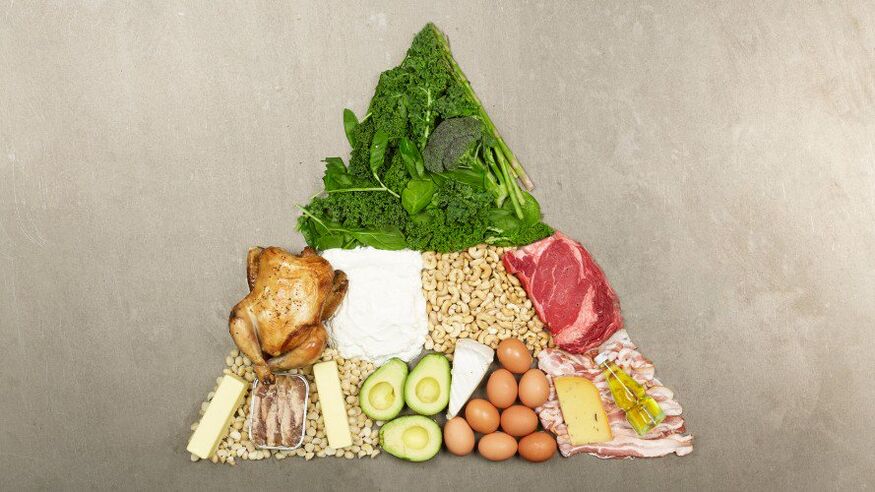
Contraindications
Keto-diet is contraindicated in:
- diabetes;
- increased cholesterol;
- diseases of the heart, kidneys and gastrointestinal tract;
- Pregnant and lactating women.
Since such a diet does not provide the body with all the necessary vitamins and minerals, it is recommended to take comprehensive drugs containing a large spectrum of water/fat-soluble vitamins and minerals. Be sure to consult a doctor before sitting on a keto diet.















